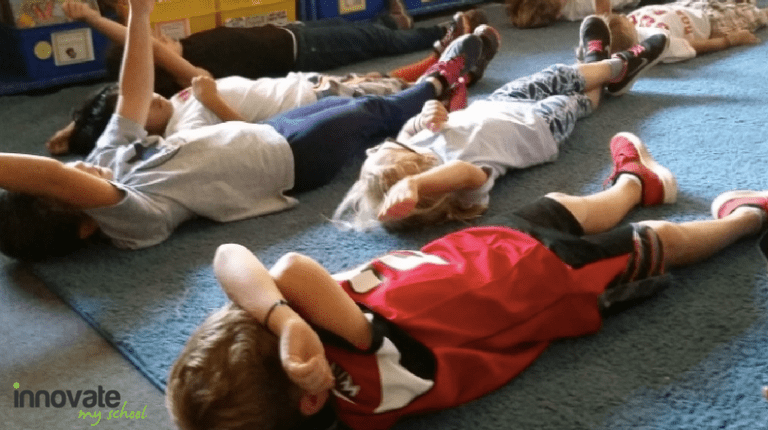The article originally appeared in Innovate My School.
By Sue Amacker
The practice of mindfulness has become incredibly popular in schools. Mindfulness works by creating an environment for learning and allowing for whole-child development of skills such as self-regulation, focus, and empathy. Many schools also include a Social-Emotional Learning (SEL) programs to assist teachers in creating a positive classroom environment and to communicate school-wide behavior expectations. According to the Collaborative for Academic, Social and Emotional Learning (CASEL), SEL programs should support the development of five key skills: self-awareness, self-management, social awareness, relationship skills and responsible decision-making.
Research has shown that SEL provides major benefits, such as development of problem solving skills, ability to overcome obstacles, stronger relationships with peers and families, improved positive attitudes towards self and others, and increased resilience. When schools couple their Social-Emotional Learning with mindfulness practices the opportunities for development of these skills is dramatically increased.
Our work, as staff at High Meadows School in Roswell, Georgia, has led to the slow yet steady development of several mindfulness practices. These include the use of mindful transitions for students from one class to another and faculty meetings beginning with a mindful minute to prepare our minds and bodies for the task in front
of us. We believe mindfulness should not be forced or rushed; it should be integrated into our everyday routines and allowed to develop according to each individual’s comfort level and understanding. High Meadows School has made a commitment to find the time to practice mindfulness by teaching students about mindful bodies, listening, eating, transitioning and many other ways to become aware of their thoughts and feelings.
We have gradually introduced our staff and students to mindfulness practices by teaching mindfulness during guidance classes. Opportunities for teacher professional development have been allowed to grow organically out of individual interest, leading to professional discussions and a book study of Teach, Breathe, Learn: Mindfulness In and Out of the Classroom by Meena Srinivasan.
One of the easiest ways we’ve launched mindfulness is by creating an environment for learning via a “mindful minute”. Teachers “ring the bell” as an invitation to focus on our breathing, our bodies, our minds, and to check in with our feelings. This routine at the beginning of classes is an opportunity for all to prepare themselves for the learning ahead and set an intention for their time together. A one-minute practice has many advantages: increased awareness of the need for self-control, recognizing healthy routines and our own abilities, increased metacognition, the ability to think about our thinking, and improved classroom management through student empowerment. Theatre Arts teacher Danielle Wright, since beginning her own mindfulness practice with students, has discovered: “Mindfulness helped me recognize children’s ability to think about their thinking and behaviors that support thinking.”
Students have been able to articulate the benefits of mindfulness, both to each other and the adults in their world. From the smallest preschooler sharing with her mother how to calm the anger within her using deep belly-breathing, to the middle school student who shares that mindfulness allows him to leave the stress of the day at the door, we’ve heard how mindfulness has positively affected our students. As students navigate the social challenges of their day, they draw from their mindfulness practices to help. For example, a recent counseling session between two students began with a student-request to start with a mindfulness moment to calm their emotions before beginning a conflict-resolution conversation. Self-regulation has long been a goal of SEL and mindfulness gives us a tool for that monitoring and controlling of our thoughts and feelings.
Teacher Andrea Ianzito has begun using guided meditations with her Kindergarten/first-grade students as a way of calmly preparing them for afternoon learning. As the students come in from the playground they immediately lie down on the rug, ready to listen. As she plays the meditation, the students are guided to imagine they are holding a bunch of balloons. They are asked to notice if some of the balloons are gray; they imagine that these balloons are their negative emotions, and they are instructed to gather those balloons up and let them go. As she leads a class discussion following the meditation, students share the bad feelings they are letting go of. One little girl shares, “I had a fight with my sister before school; I’m going to let that go even if she wants to fight.” Her classmates nod in understanding and send a smile her way. Others are eager to share what they’ve released, and you see the compassion on the faces of the children. Hearing their classmates’ thoughts and feelings has really increased the students’ empathy and understanding. Ms. Ianzito has noticed, “Kids are trying to not only stop their friend’s annoying behaviors, but are explaining how the behavior is affecting them, leading to a more positive response from their friends.”
Guided meditation in teacher Annie Swanlaw’s class of second and third graders is being used to achieve greater focus. Using a meditation called Lion Mind, she teaches the students that their minds can be distracted and jump all around, or they can be focused on a single thing, like a lion. This goal of focusing on a single task is helpful in classroom learning and in life, leading us to greater productivity and ease. She has been impressed with the results, saying: “Our kids go back to that [idea] and say to each other ‘Let’s bring our lion-minds to our readers’ workshop today.’ It has been really helpful as a quick tool to bring everyone back together.”
When SEL and Mindfulness are taught together, students are learning the skills of how to get along with others and, at the same time, how to regulate their emotions by being aware of what’s happening in their minds and bodies. Together the skills of SEL and the practice of mindfulness allow students to be less impulsive and more thoughtful, empathetic, and aware of the connections between emotions, thoughts and feelings.
As new travelers on this journey toward mindfulness, we would like to offer some practical advice to those considering embarking on their own school journey:
- Begin with yourself. As school leaders and teachers, we model expected behavior for students all day. When your mind is calm and you are in greater understanding and control of your emotions, you are better equipped for the inevitable challenges of the day.
- Mindfulness includes quite simple practices, but they are not easy. Don’t give up. It is a practice after all, and with practice comes increased comfort and results.
- Children might not all respond positively to beginning a mindfulness practice. Everyone must come to their own comfort and understanding in their own time and way.
- For families who may have questions and concerns, share that mindfulness is a secular practice and let them know about the positive results you’ve experienced alongside the research.
Our next steps include raising greater awareness among faculty of how mindfulness practices can support adult health and well-being. As educators, we all realize the importance of the work we do to help children develop their social-emotional skills, so modeling caring for ourselves and moving mindfully through our busy days is a win-win scenario, like partnering mindfulness with social-emotional learning.
Original article may be found: http://www.innovatemyschool.com/ideas/mindfulness-and-social-emotional-learning-at-high-meadows-school





